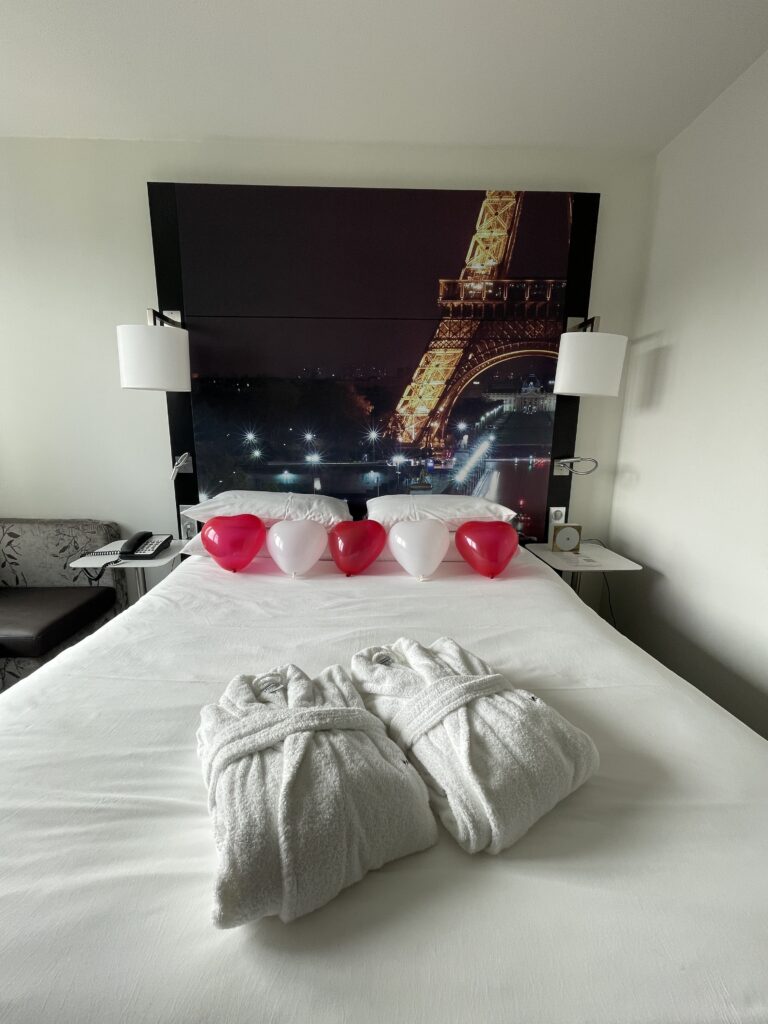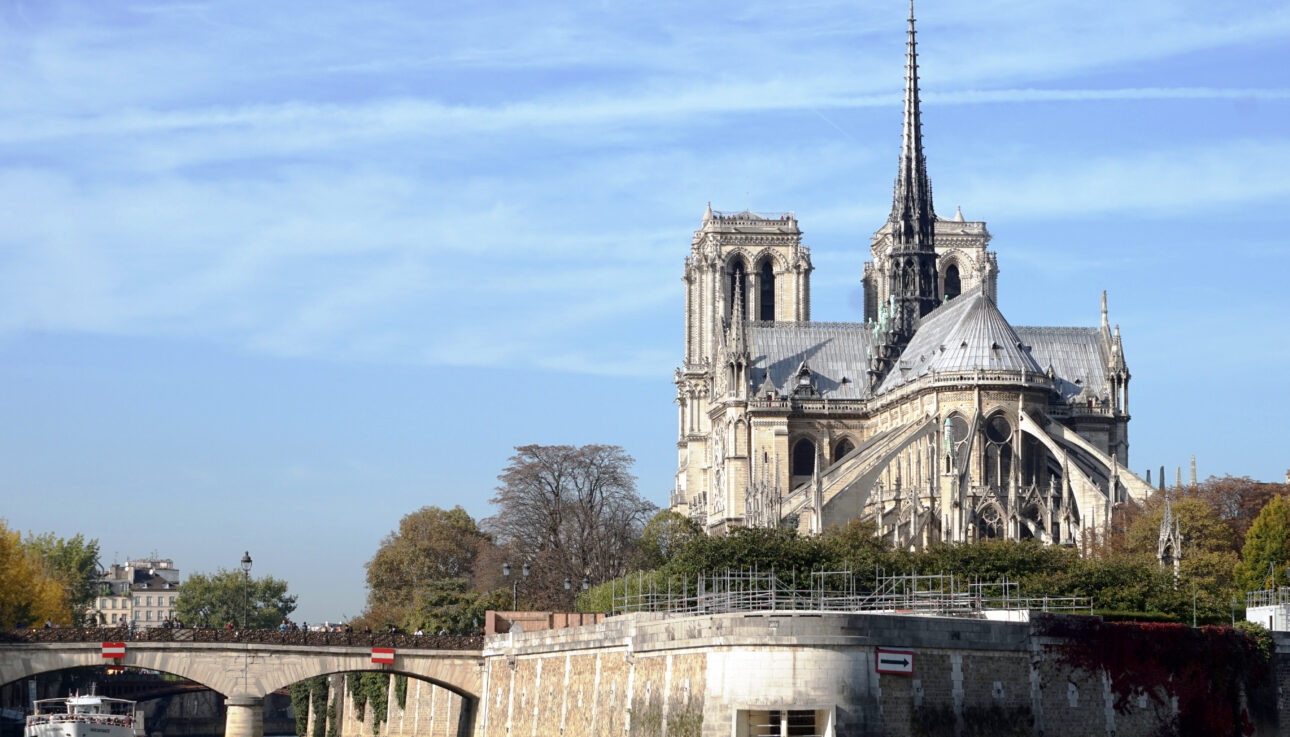Regarded by many as one of the most beautiful countries in the world, France is also one of the oldest nations in the world. The deep and broad influences that France has had throughout history have made it a world leader in many aspects of culture, cuisine, wine-making, the arts, literature, and sports. The country offers great outdoor recreational activities year-round such as hiking, golf or soaking up the sun on the beach, along with beautiful castles and museums for history buffs at every corner. As the most ethnically diverse country in Europe, there is something for every traveler to experience in France!
Quick Information
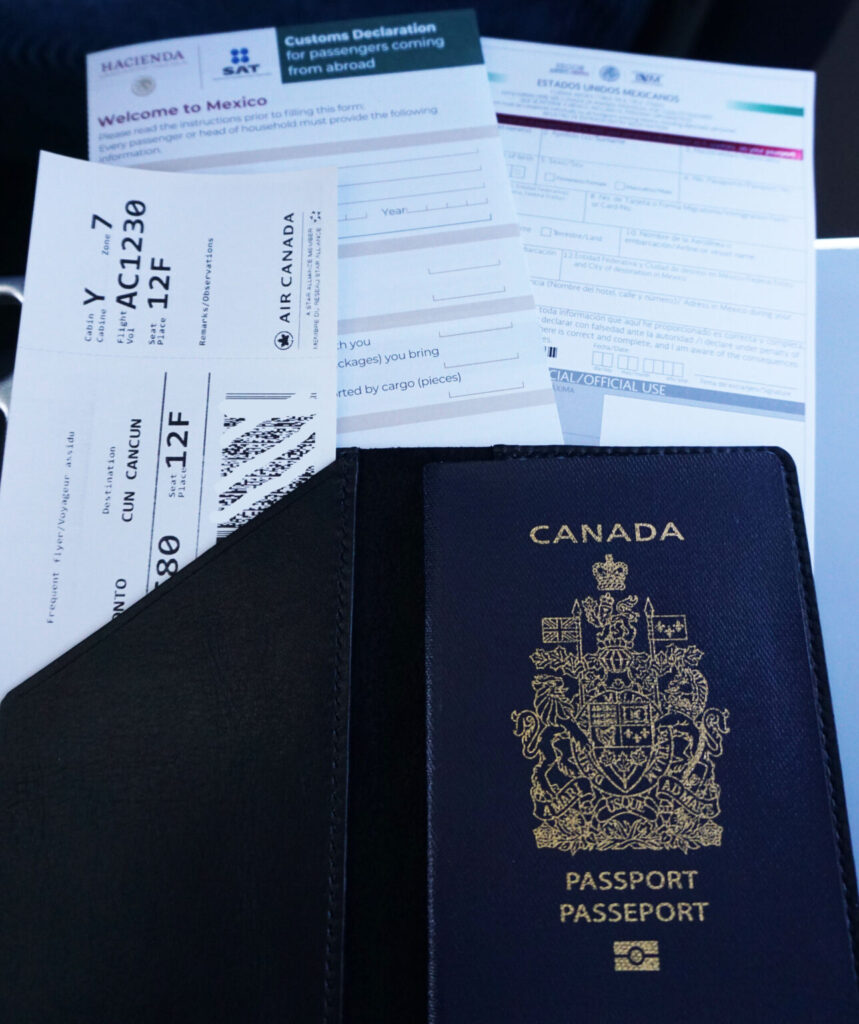
Currency: Euro. Click here to check the current exchange rate.
Electricity Socket: The standard voltage is 230V AC, and the frequency is 50 Hz. To avoid buying new adapters for every destination in the world, I recommend having a Universal Travel Adapter which can be brought on any vacation.
Entry Requirements: A valid passport is required for all travelers. The passport must expire 6 months or more after your return home. France is a member of the Schengen Agreement, which allows EU nationals unlimited visa-free travel. Travelers from North America, Australia and New Zealand can travel without a visa for up to 90 days. Citizens of other countries may need to apply for a visa beforehand. Click here to check the entry requirements which apply to your country of residence.
Staying connected:
- Wi-Fi can be found in most cafes, restaurants, hotels and hostels across France. Most hostels and hotels offer free Wi-Fi. In cafes and restaurants, as long as you buy something, they will allow you to access the Wi-Fi.
- If you’re looking for data while abroad, Airalo is the best eSIM company. Click here to view my article on how to have data abroad at an affordable cost.
- Traveler SIM cards, often preloaded with data, can be purchased from many companies. A few companies offering them are Holafly, Orange, and O2, among others. Some of those companies even have counters in the arrivals sections of most airports, so you’ll never be short on internet.
Safety: France is a very safe country to visit. Travelers need to take normal precautions at all times, which is common in any big city. Pickpocketing and scammers are the most serious issues that one can come across, however, with proper precautions, it should not be a problem.
My #1 tip when traveling in Europe: wear your backpack in front of you rather than behind you. That is one of the best ways to avoid theft. Another problem is tourists who enjoy the nightlife and do crazy things. Yes, the French are big party fans! All-nighters are daily occurrences in France.
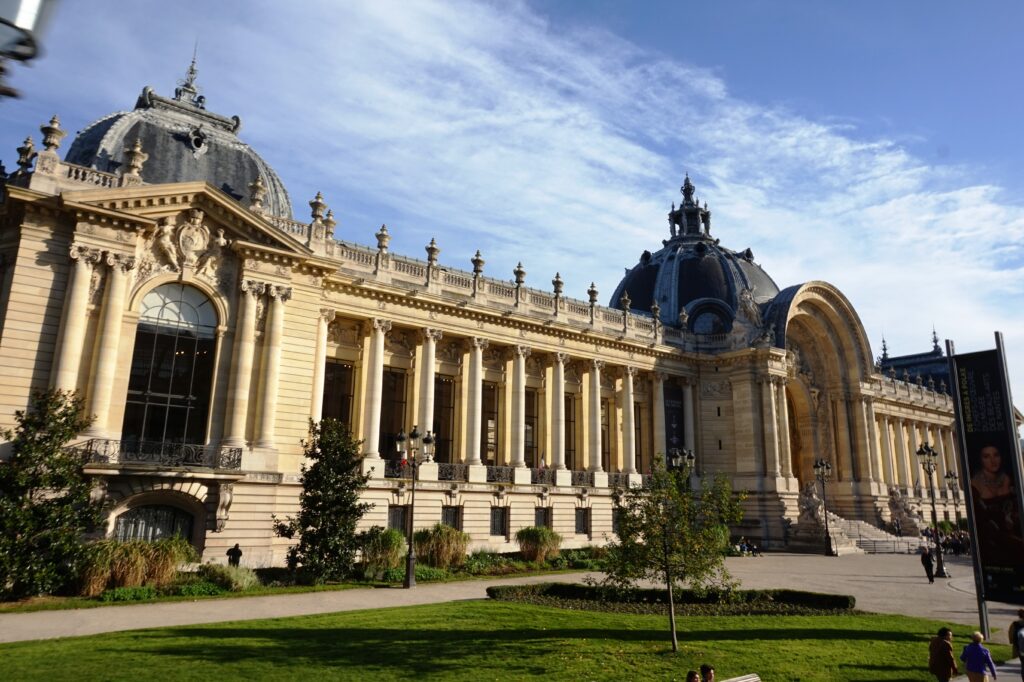
Language: The native language is French, however, English is widely spoken across France, and there are lots of English-speaking tours. To better connect with the locals, I always recommend grabbing a phrase book and trying to learn the basics of French.
Time zone: GMT + 1
Tipping: although not mandatory, tipping is widely practiced in France. Many restaurants include a gratuity on the bill of approximately 15%. If it shows on the bill, there is no need to tip above that. However, depending how satisfied you are with the service, servers appreciate a tip of around 5-10%. At hotels, it is nice to leave the housekeeper about 1 Euro per day if you are satisfied with the service.
PLANNING YOUR TRIP TO FRANCE
Getting to France
France is accessible from almost all corners of the world. For many travelers, it could be the start or end point of a long EuroTrip.
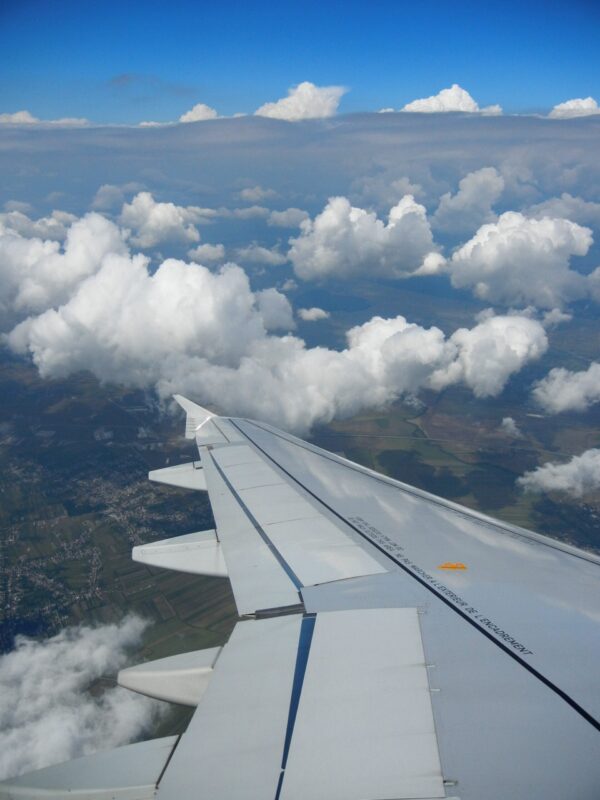
By air: most travelers will arrive at Paris Charles de Gaulle airport, one of the biggest and busiest airports in Europe which takes flights from all continents as well as domestic and intra-Europe flights. Paris has a second airport, Paris Orly Airport, which typically takes low-cost airlines. The national airline of France is Air France, however, airlines from all around the world touch down in Paris.
Other cities where travelers can arrive include Nice, Marseilles, Bordeaux, Lyon, Toulouse and Nantes, among others. Those airports typically take domestic and intra-Europe flights, however, a few flights arriving from other continents into those airports is not uncommon.
By rail: France is accessible by rail from across Europe. The local train company is SNCF, which stands for Société Nationale des Chemins de Fer Français (in English, French National Railways). France has a system that “all rails lead to Paris”. With 6 train stations in Paris, if you’re traveling between 2 cities in France that are outside Paris, chances are that you will need to change trains in Paris.
Traveling around France
By Rail: the most scenic way to travel around France is by rail, and in some cases, it can be the fastest. The TGV (Train à grande vitesse) is the fastest train in Europe, traveling at speeds of up to 300 km/hour. A train ride from Paris to Marseilles can take about 3-3.5 hours, which is much faster than driving. It is recommended to book tickets in advance, as France is a very popular destination and seats can fill up fast.
By Bus: if you’re looking for a low-cost option, you can consider taking a bus. Flixbus offers low-cost bus rides throughout France, as well as from Paris to the rest of Europe. However, it will take much longer than a train. A bus ride from Paris to Marseilles can take around 10 hours, while a ride on a TGV takes around 3 hours, or around 5-6 hours on a slower train which makes

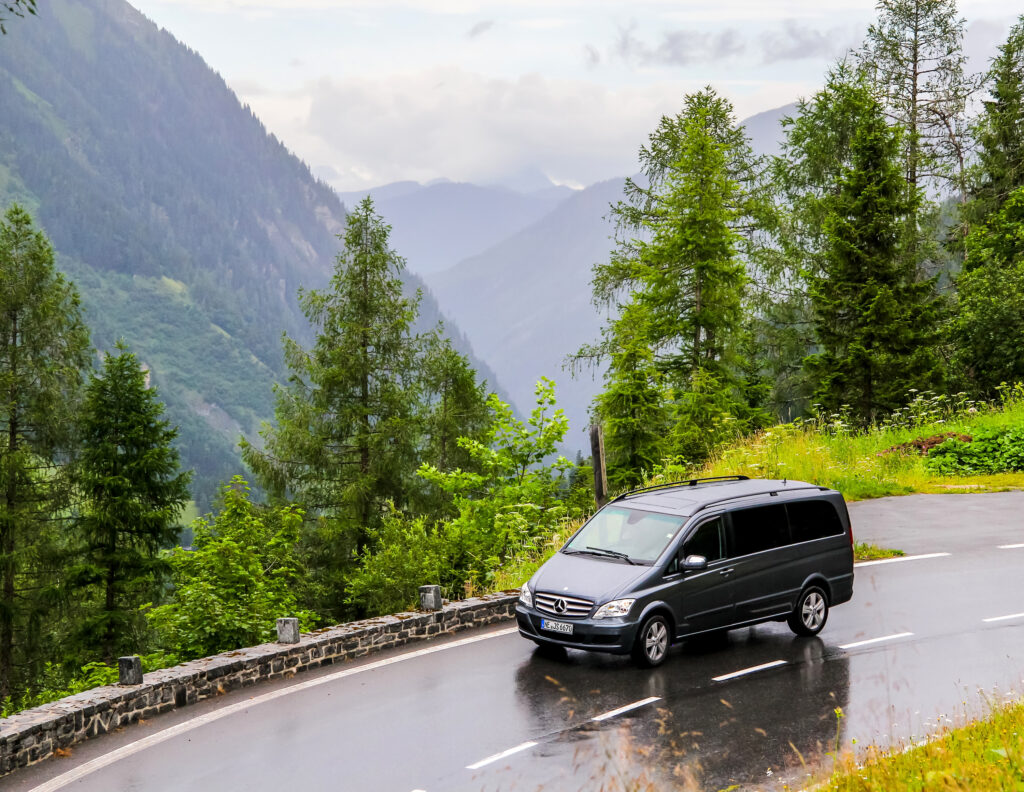
By Car: for perfect freedom, you could rent a car. However, there are quite a few cons to renting a car:
- Public transit in Paris and other cities is very fast and efficient. In smaller cities like Avignon or Cannes, most places are within walking distance. It is simply a waste of time to drive through crowded cities like Paris or Marseilles.
- Some cities, especially Paris, do not have a highway going through the city. You will most likely have to drive through the city center.
- Finding parking in big cities can be a nightmare. If you’re going to park at your hotel, there will be a nightly fee to park. Adding up all these costs can end up costing more than taking public transit.
- Most cars in Europe are manual. For those who do not drive manual, an automatic car can cost up to double the price of a manual car because automatic cars are not popular in Europe, hence supply is limited.
With all of these cons, I would not recommend renting a car. The scenery from the train is almost as nice (or even nicer) than that from the roads. Travelers can simply sit and enjoy the countryside rolling along while getting from point A to B much faster than driving.
When to Travel to France
France can be considered a year-round destination. However, it depends on the purpose of your trip.
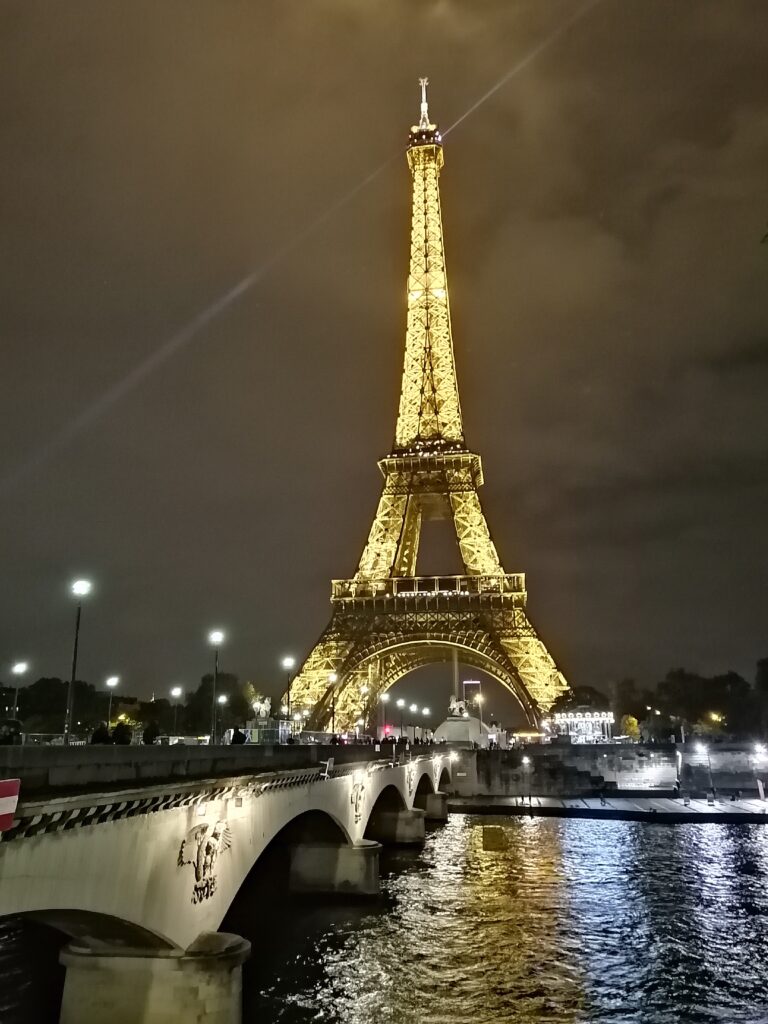
Low Season (November to February): the winters are cold, however, bring some great travel experiences. Tourist crowds are very low, which makes flights and accommodation cheaper. Winter is the perfect time to experience skiing in the Pyrenees and the other mountains of France. Some of the most iconic ski resorts in the world are located on the slopes of the Pyrenees facing north, in the French Savoie.
Shoulder Season (March-May, September and October): the shoulder months are the perfect time for those traveling on a budget. The weather gets warmer, and flights and accommodations tend to be cheaper (just a little bit higher than the low season, but affordable). Tourist crowds are low during this time.
High Season (June-August): As the summers are sunny and schools are not in session, huge tourist crowds flock to Europe, and many of them include Hungary in their itineraries. Short weekend escapes are also very popular. The weather is the best for those who enjoy the heat, however, flights and hotels tend to be higher priced. For those who want to travel in the summer, it is best to book 4-5 months prior to departure.
Budgeting
The price of transportation and accommodation really depends on the season that you’re traveling in. Here is a breakdown of approximate costs:
Accommodation Per Night
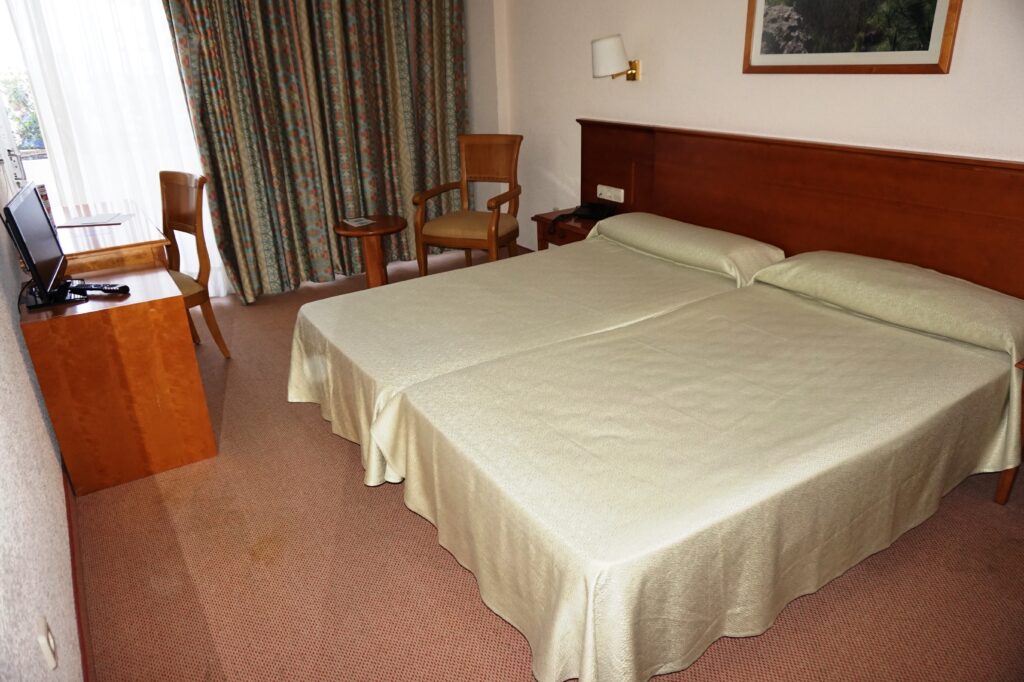
| Hostels | €30-70 for shared dorm €100-150 for private dorm |
| Mid-range hotels | €100-250/night |
| High-end hotels | €300-500/night |
Teo’s Travel Tip: in Paris, don’t consider location as the #1 factor for choosing accommodation. Hotels near the Eiffel Tower can be very pricey. Paris has a public transit system similar to New York, where every corner of the city has either a subway station or a bus taking you somewhere. Save by staying in areas like La Defence, or other areas away from the big tourist attractions. Chances are you will be at a 15-20 minute subway ride from the Eiffel Tower.
Food

Many restaurants in Paris have a menu with meal costs anywhere between €10 for an appetizer, and €15-30 for an entree.. This is pretty similar to the costs in big Canadian and American cities, except that it is in Euros. If you’re celebrating an occasion at a trendier restaurant, you can expect to pay more. Many upscale restaurants which require a dress code tend to have a set menu with prices between €100-180.
Teo’s Travel Tip: Never leave France without trying escargots, a top local dish! While it may look like the worst meal you’ll ever eat, they’re suprisingly “slimy, yet satisfying”!
Transport in Cities

| Public Transit in Cities | Around €2/trip Around €13 for a day pass The more days you buy a pass for, the cheaper it gets per day. |
| Sightseeing tours | Around €40 for a day pass |
Where to Stay
There are endless options for accommodation in France. From hostels where you can meet like-minded travelers to luxury hotels, there is never a shortage of options. It is best to book in advance, especially if traveling during peak season.
Top Hotel Brands:
- Accor Hotels and Resorts
- Louvre Hotel Group
- Hilton Hotels and Resorts
- Marriott Hotels and Resorts
Top Hostel Brands:
- Generator Hostels
- St. Christopher’s Inns
